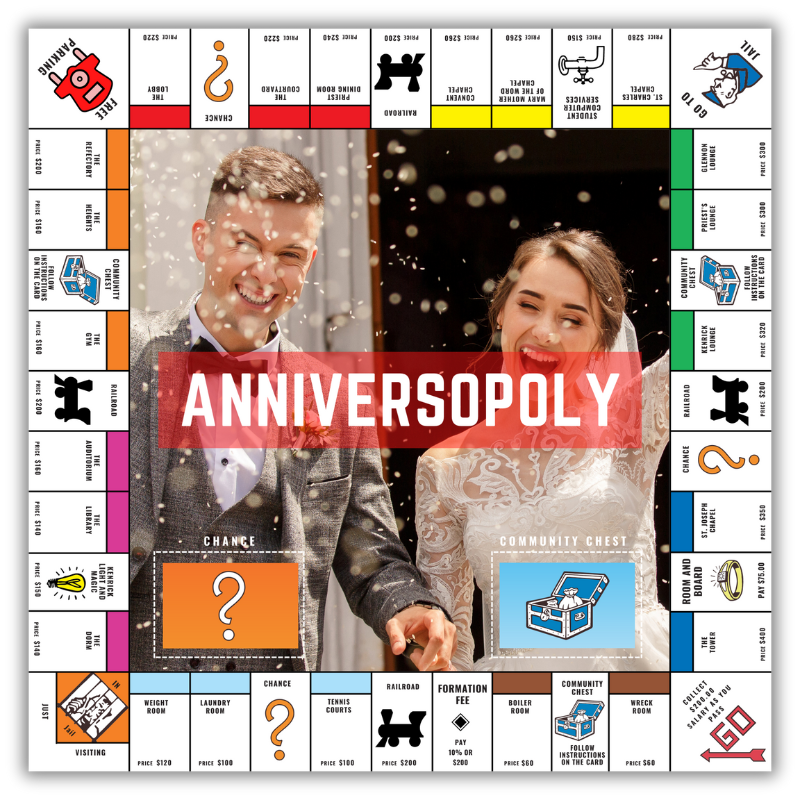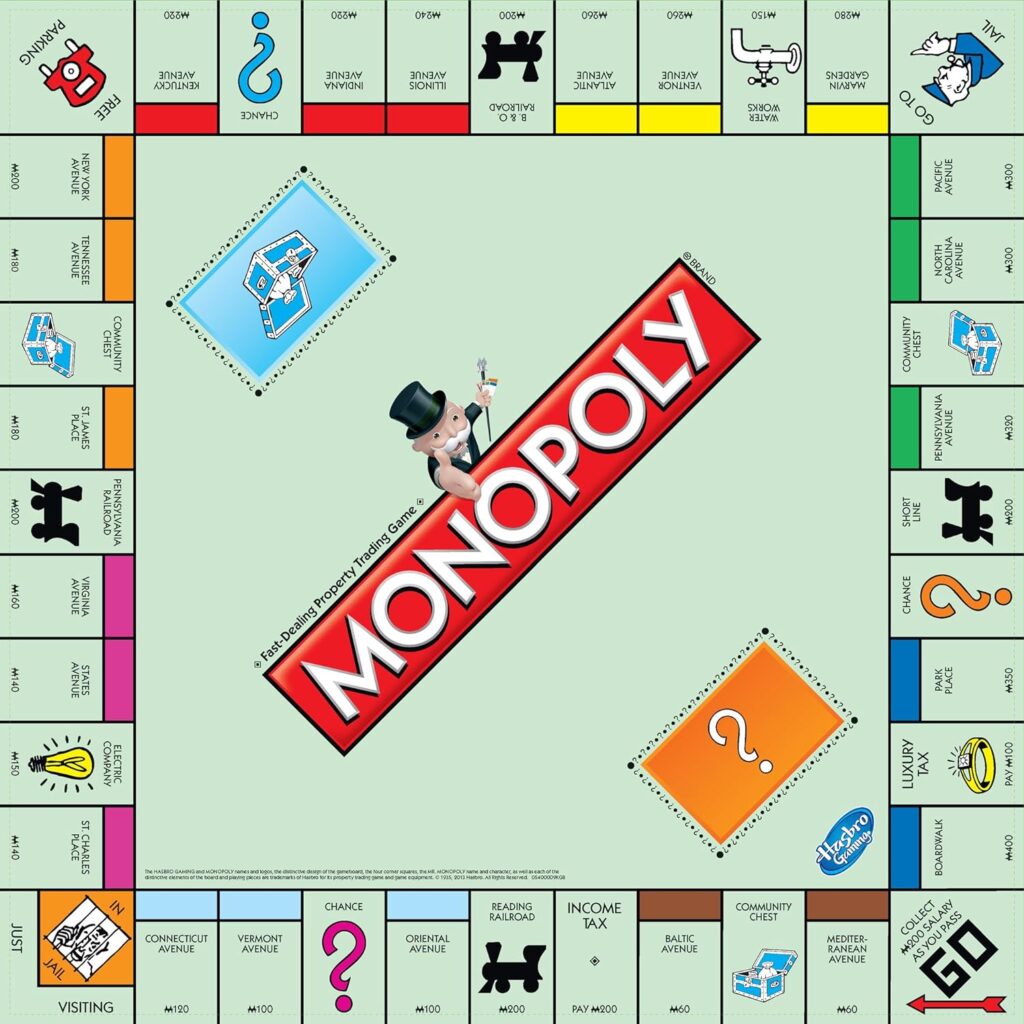Murder mysteries have captivated audiences for generations. Whether through novels, films, or interactive parties, the allure of unraveling a complex crime has universal appeal. But what if you could create your own murder mystery? Imagine weaving an intricate tale, hosting an immersive event, or designing a game that leaves participants both intrigued and entertained. This comprehensive guide will teach you how to write a murder mystery, host a murder mystery party, and organize every detail to ensure a night of suspense and fun.
Get my premade murder mystery template.
-
Product on sale
 Customizable Murder Mystery Case File TemplateOriginal price was: $19.99.$9.99Current price is: $9.99.
Customizable Murder Mystery Case File TemplateOriginal price was: $19.99.$9.99Current price is: $9.99.
How to Write a Murder Mystery
1. Understand the Core Elements of a Murder Mystery
A compelling murder mystery hinges on specific elements:
- The Crime: Typically a murder, but it could also involve theft, kidnapping, or another high-stakes event.
- Suspects: A diverse cast of characters, each with motives, alibis, and secrets.
- The Sleuth: This could be a professional detective, an amateur investigator, or even the participants themselves.
- Clues and Red Herrings: Scatter real clues to guide the investigation while throwing in misleading information to keep players guessing.
- The Twist: An unexpected revelation that ties the story together and surprises the audience.
2. Develop the Setting and Theme
Your setting and theme will dictate the tone and style of your mystery. Examples include:
- Classic Whodunit: Set in a grand mansion or secluded island.
- Historical Mystery: A Victorian-era or 1920s-themed crime.
- Modern Thriller: Involves corporate intrigue or a high-tech world.
- Supernatural Twist: Ghostly or paranormal elements add an eerie vibe.
Checkout my FREE Instruction Manual where I go into more details about setting the theme.
3. Create Intriguing Characters
Each character should contribute to the story and be essential to the mystery. Develop detailed backstories, relationships, and secrets. Ensure every suspect has:
- A motive for the crime.
- An alibi (truthful or fabricated).
- A unique personality or quirk to make them memorable.
4. Outline the Plot
Your story should have a clear structure:
- Introduction: Set the stage and introduce the characters.
- The Crime: Present the murder or mystery.
- Investigation: Uncover clues and interrogate suspects.
- Climax: Reveal the twist or key clue.
- Resolution: Expose the culprit and explain the crime.
5. Write Engaging Dialogue
Great dialogue can bring characters to life. Focus on:
- Distinctive voices for each character.
- Hints or clues embedded in conversations.
- Natural flow that keeps the audience engaged.
6. Incorporate Visual and Physical Clues
Use props, documents, or multimedia elements to enhance the mystery. Examples include:
- Letters or diaries.
- Crime scene photographs.
- Maps or floor plans.
7. Test and Revise
Before finalizing your mystery, test it with a small group. Gather feedback to identify plot holes, confusing elements, or pacing issues.
How to Host a Murder Mystery Party
1. Choose the Right Format
Decide how the mystery will unfold:
- Scripted Event: Guests follow a script with predetermined dialogue and actions.
- Interactive Investigation: Guests explore the mystery freely, guided by clues and questions.
- Hybrid Format: Combines scripted scenes with open-ended exploration.
2. Select the Venue
The setting should complement the theme. Options include:
- Your home: Decorate to match the mystery’s setting.
- A rented venue: For larger gatherings or elaborate setups.
- Outdoors: For a unique twist, like a mystery in the woods or garden.
3. Send Invitations
Invite guests early and include essential details:
- The date, time, and location.
- Theme and dress code.
- Their character information and background.
4. Prepare Costumes and Props
Encourage guests to dress the part. Provide:
- Props like detective hats, magnifying glasses, or fake weapons.
- Accessories to enhance character roles, such as jewelry or masks.
5. Set the Scene
Transform your space to match the mystery’s setting:
- Use thematic decorations like vintage furniture, candles, or cobwebs.
- Play background music to set the mood.
- Arrange the room to facilitate interaction and investigation.
6. Guide the Event
As the host, your role is crucial:
- Begin with an introduction to the story and characters.
- Provide guests with rules and objectives.
- Act as a moderator, offering hints or guiding the narrative if needed.
7. Conclude with a Dramatic Reveal
Plan a satisfying ending:
- Gather everyone for the final reveal.
- Allow each guest to present their theories.
- Dramatically unveil the culprit and explain the mystery.
How to Make a Murder Mystery Game
1. Define Your Audience
Consider who will play your game:
- Adults: Opt for complex plots and darker themes.
- Families: Keep it light and kid-friendly.
- Gamers: Include strategic or puzzle-solving elements.
2. Design the Game Mechanics
Determine how players will interact with the mystery:
- Role-playing: Assign characters with specific objectives.
- Puzzle-solving: Include challenges or codes to decipher.
- Point System: Award points for correct deductions or successful interactions.
3. Create Game Materials
Prepare all necessary components:
- Character cards with detailed descriptions.
- Clue cards, evidence, and props.
- Instruction booklets or scripts.
4. Test the Gameplay
Run multiple playtests to:
- Ensure balance between difficulty and enjoyment.
- Adjust pacing and clarify confusing elements.
- Verify that clues align with the story.
5. Package and Share
If you plan to sell or share your game:
- Create polished materials, including printable PDFs or physical kits.
- Write clear instructions for hosts and players.
- Consider offering online or app-based versions.
How to Plan a Murder Mystery Party
1. Establish a Budget
Outline your expenses, including:
- Venue rental.
- Decorations and props.
- Food and drinks.
- Costumes and party favors.
2. Choose a Theme and Storyline
Select a captivating theme, such as:
- Hollywood Scandal.
- Haunted Mansion.
- Space Station Intrigue.
3. Assemble a Guest List
Invite friends who enjoy immersive experiences and role-playing. Provide them with their character roles in advance.
4. Plan the Timeline
Structure the event with a clear schedule:
- Arrival and introductions.
- Briefing on the rules and story.
- Investigation phase.
- Accusations and final reveal.
5. Prepare Food and Drinks
Match the menu to the theme:
- Fancy hors d’oeuvres for a high-society mystery.
- Comfort food for a cozy, small-town setting.
- Themed cocktails or mocktails.
How to Do a Murder Mystery Party
1. Assign Roles Thoughtfully
Match characters to guests based on their personalities and preferences. Ensure everyone feels included and has something to contribute.
2. Encourage Immersion
Motivate guests to stay in character by:
- Offering prizes for best actor or detective.
- Providing in-character prompts or tasks.
3. Facilitate Interaction
Create opportunities for guests to mingle and exchange information. Use:
- Secret tasks or goals for each character.
- Timed events, like revealing new clues midway through.
How Does a Murder Mystery Party Work?
A murder mystery party typically unfolds as follows:
- Introduction: The host sets the stage and introduces the scenario.
- Character Interaction: Guests interact, share information, and gather clues.
- Clue Discovery: Participants uncover evidence through conversations, props, or activities.
- Theories and Accusations: Guests present their theories and accuse potential culprits.
- The Big Reveal: The host reveals the true culprit, explaining the mystery and awarding prizes if applicable.
How to Organize a Murder Mystery Night
1. Recruit Helpers
Enlist friends or co-hosts to assist with setup, moderating, or acting as supporting characters.
2. Advertise the Event
Create excitement with themed invitations, social media teasers, or mystery-related challenges leading up to the night.
3. Prepare Backup Plans
Anticipate potential issues, such as:
- Guests unable to attend.
- Confusion over rules or story elements.
- Timing delays.
4. Capture the Memories
Hire a photographer or designate a guest to take pictures. A photo booth with props can also add to the fun.
A murder mystery event—whether it’s a written story, a party, or a game—is an unforgettable way to engage and entertain. By following this guide, you’ll be equipped to craft intricate plots, host immersive experiences, and plan every detail to perfection. So, sharpen your detective skills, gather your suspects, and get ready to solve the ultimate mystery!


